When I was a Montessori teacher, I heard a lot of misconceptions about the Montessori approach. Many people thought that Montessori classrooms don't offer space for imaginative play. Instead, children only work with real materials and do real life work.
The truth is a bit more nuanced. While children do engage in practical life activities like pouring water or cleaning, children also play.
Montessori and Play
Maria Montessori once said, "Play is the work of the child." She believed deeply in the power of play. Today, research supports this idea. Play can "foster cognitive, social, emotional, creative and physical skills" in children, studies say.
Knowing this, Montessori used play-based methods in her classrooms. Instead of making children copy down numbers and letters, she got creative. In Montessori classrooms, draw numbers and letters in a tray of salt. Then, they count out objects and match small objects to word cards. Learning this way is fun!
Similarly, Montessori used colorful wooden blocks to teach about size and quantity. She created a whole range of materials to teach about math, language, science, and more. All her materials encourage exploration and joyful learning by doing.
A Montessori education wouldn't be complete without outdoor play. Montessori encouraged schools to provide plenty of space and time for open-ended play. Children can use sticks to build a fort or pretend that a log is a bridge. Or, children might play games like tag.
Montessori and Freedom
In Montessori environments, children can play whenever they'd like. Instead of being restricted, children are free to choose their own activities, including play-based options.
For example, children can build a maze out of the red rods and walk through it. Or, they might build a castle out of the geometric blocks. Children might even build a Christmas tree using different types of blocks.
In other cases, children might make a snack together and pretend to set up a restaurant. Or, children may pretend to buy and sell items at a store using the math materials.
Children have many freedoms in Montessori schools. Children can choose where to work, what work to do, and how long to do it. Teachers invite children to lessons based on their interests and abilities. This freedom leads to many opportunities for play.

Pretend Play While Following the Montessori Method
Many people believe that Montessori schools don't allow children to play pretend. This is not true in a strict sense. However, this rumor originates from a grain of truth.
Montessori teachers and parents typically delay introducing fantasy until children are 6 years old. Why?
Fantasy books such as Disney or talking animals can be confusing for young children. Toddlers may believe that witches and monsters are real, which would be scary. Montessori believed it was important for young children under the age of 6 to build their understanding of reality.
Once children can comprehend the difference between reality and fantasy, they can enjoy this genre. In fact, in the lower elementary curriculum, Montessori encourages children to put on plays or write fantastical stories.
So, what kind of pretend play can young children enjoy following the Montessori method? Try reality-based pretend play such as:
- Playing restaurant
- Pretending to be a doctor
- Pretending to care for a baby
What Would Montessori Say About Montessori Play Kitchens?
When Maria Montessori was developing her method, she observed children carefully to understand what would help them learn best. In her books, she writes about giving children the choice of play dishes or real dishes. She found that children preferred real dishes. This is why you'll only find real items and dishes in Montessori learning environments.
Montessori studied child development and noticed that young children work hard to gain independence. This is one of their sole motivators and goals. That's why she created practical life activities, which help children build the skills they need to be independent.
Montessori play kitchens, while adorable, don't always follow the true intentions of the Montessori method. Montessori intended for children to learn to prepare real food for snacks and meals. Montessori schools often include opportunities for children to chop cucumbers or make lemonade.
Parents can do this at home by creating a space for their child in the kitchen. Use a helper tower so your child can reach the countertops. You can keep child-friendly plates and snacks in a low cupboard so that your child can easily access them. Also, offer your child a child-friendly knife so they can cut fruit, cucumbers, cheese, and more.

Play, the Montessori Way
You can create space for Montessori-style play in your home with open-ended toys. Wooden toys like a Pikler Triangle Set, blocks, or a surfer board encourage your child to use their imagination.
Also, try inviting your child into chores and everyday life in your home. Although it doesn't feel like play to you, for your child, it does. Young children love helping and copying what you do. As they copy you, they learn important skills and even have some fun!
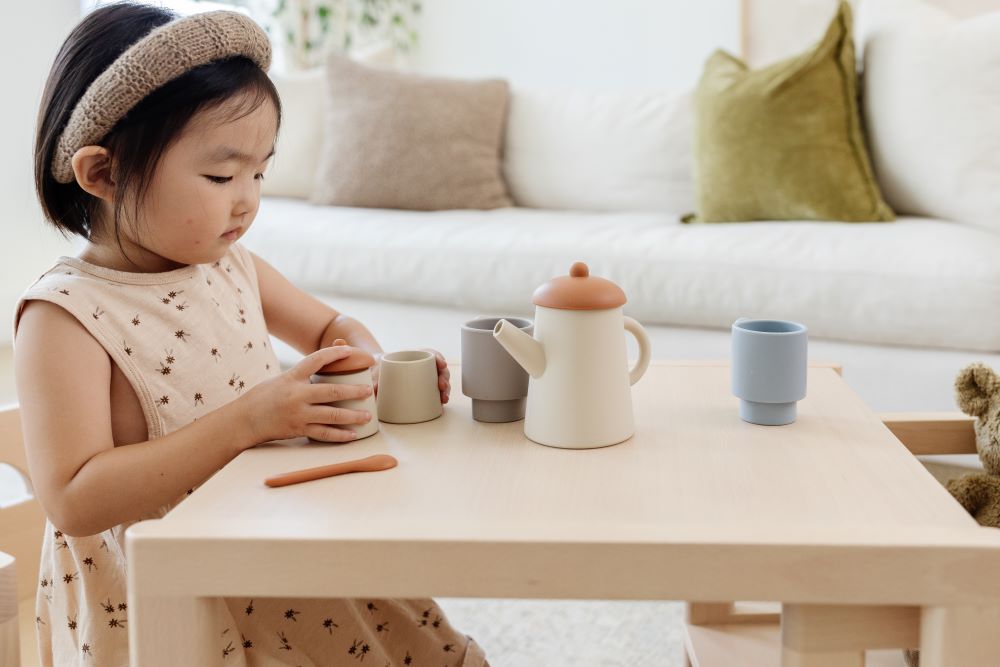

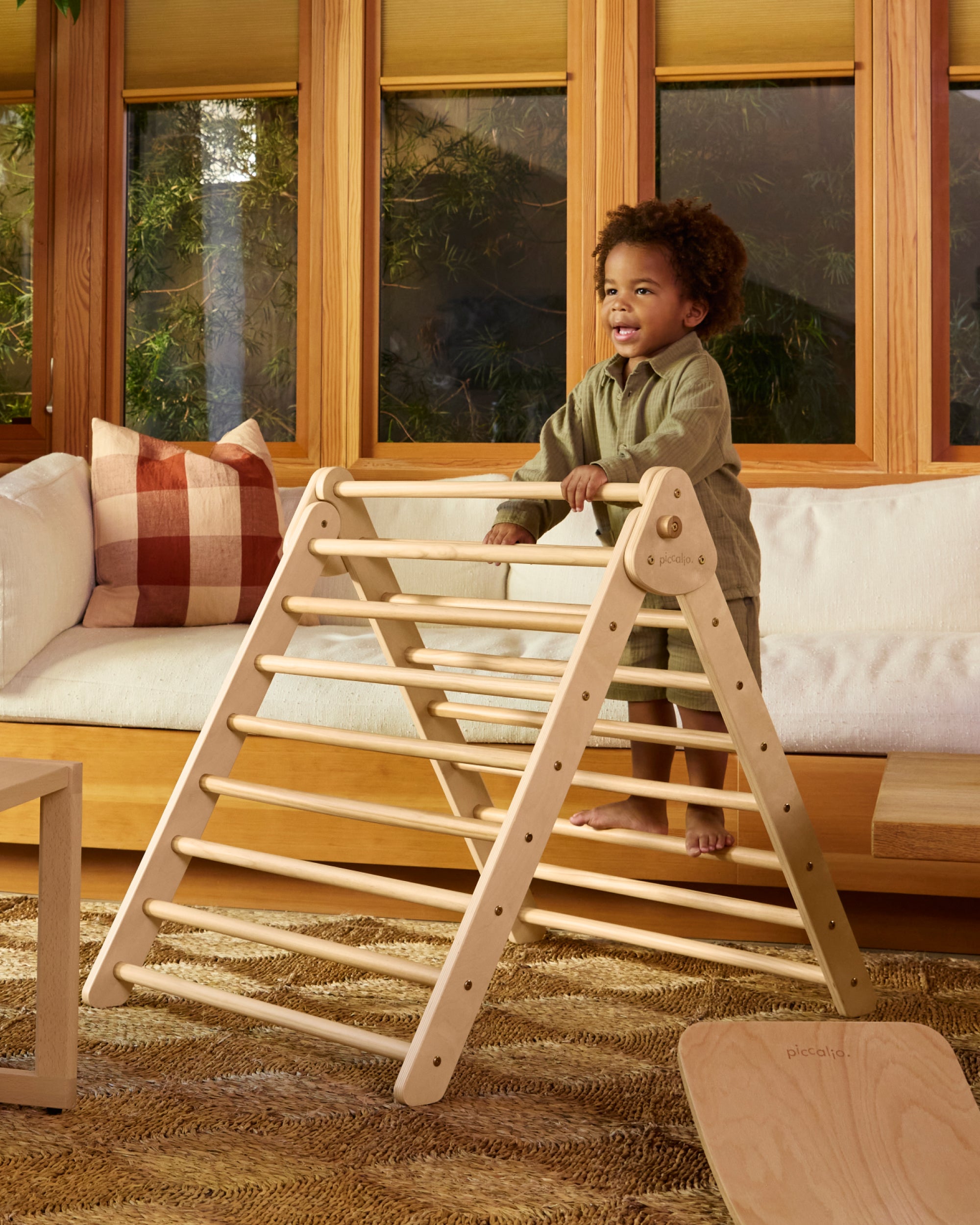
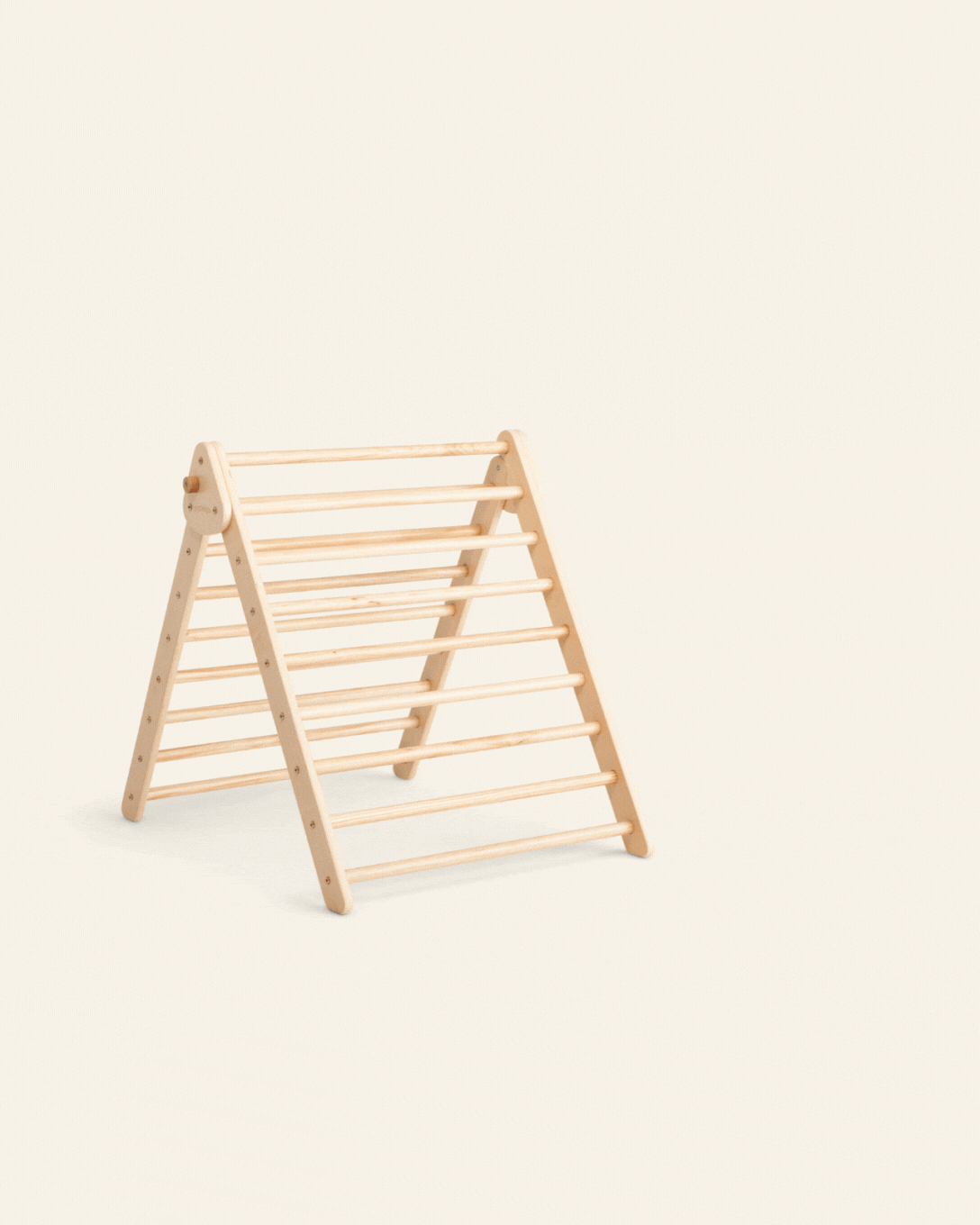
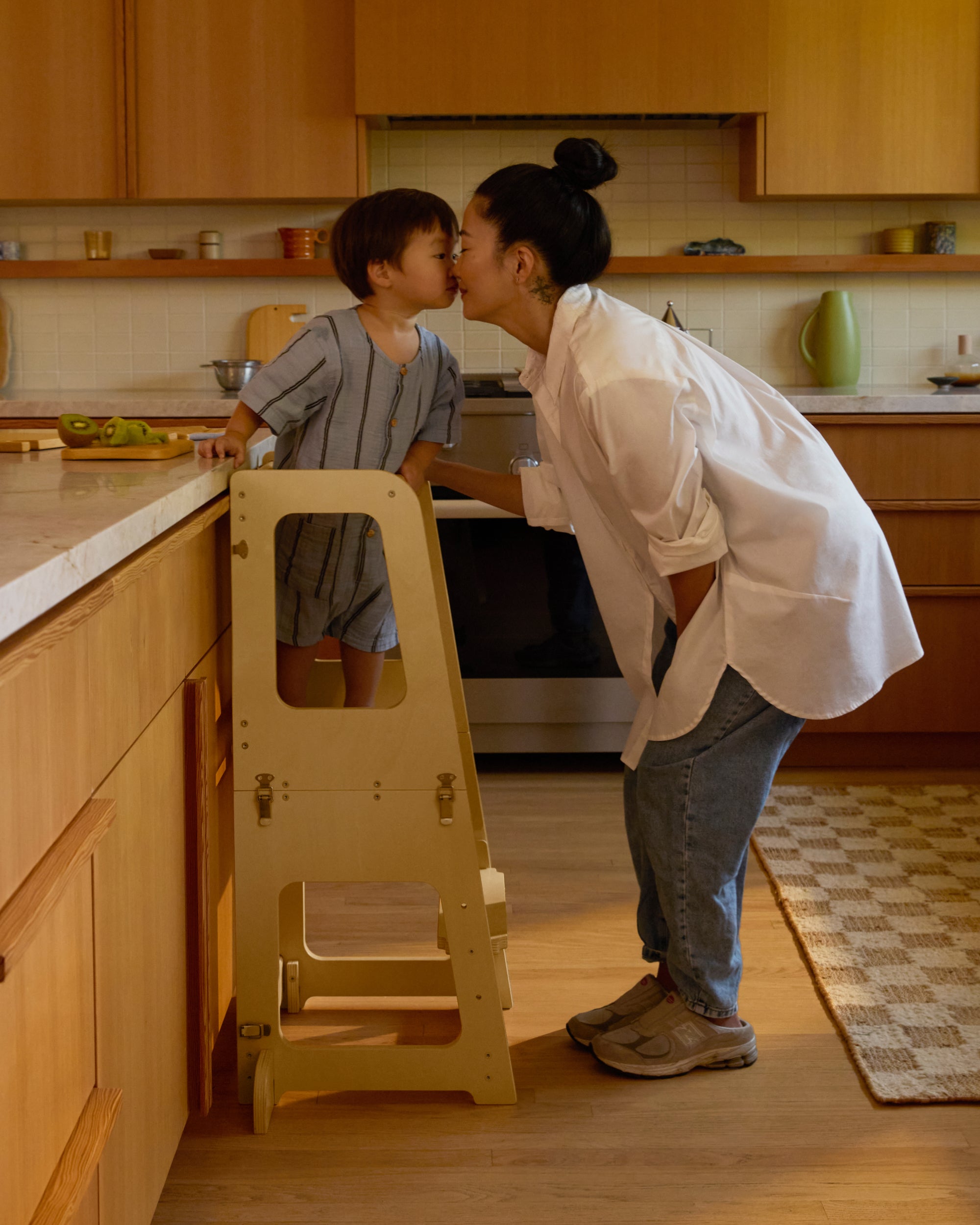
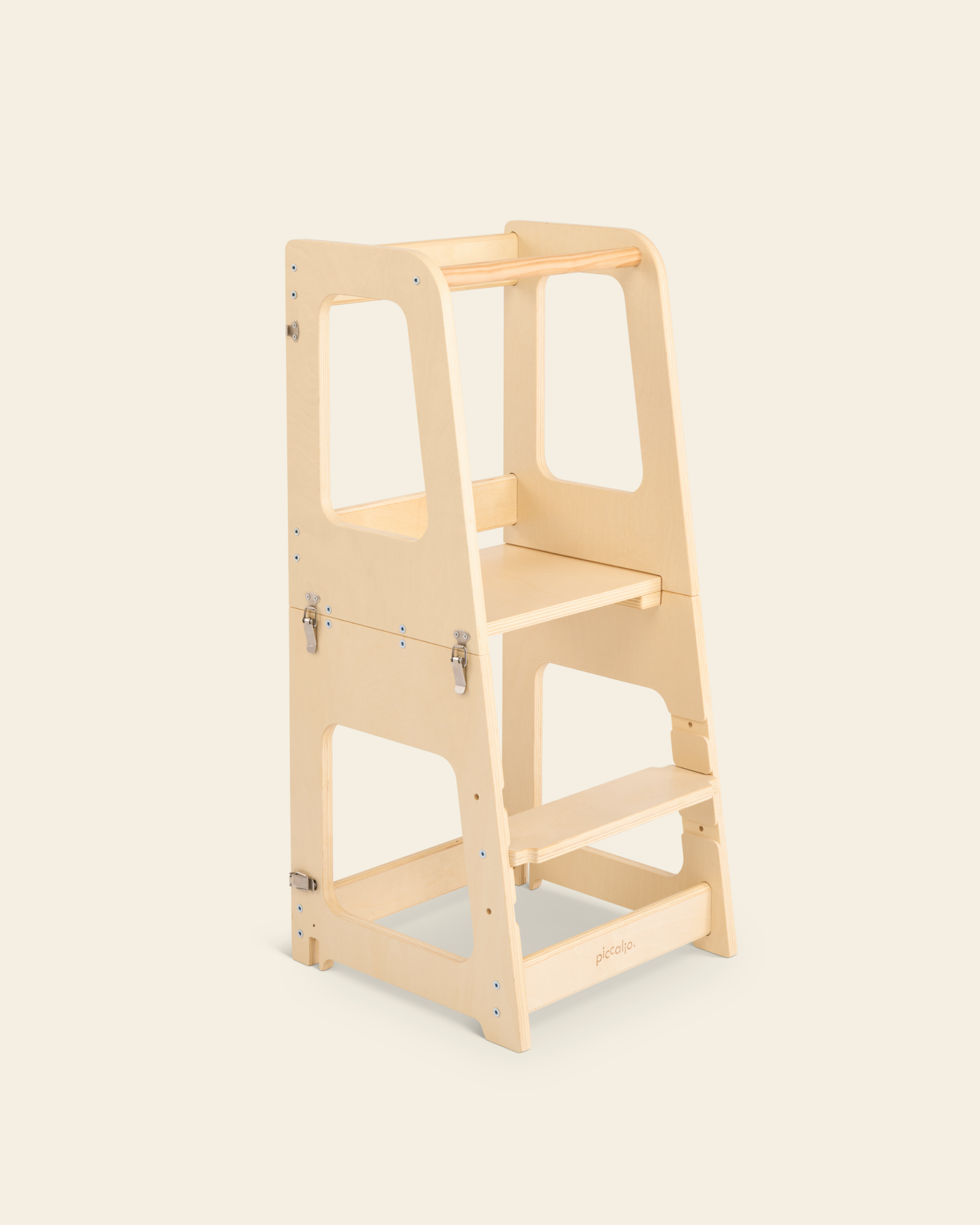
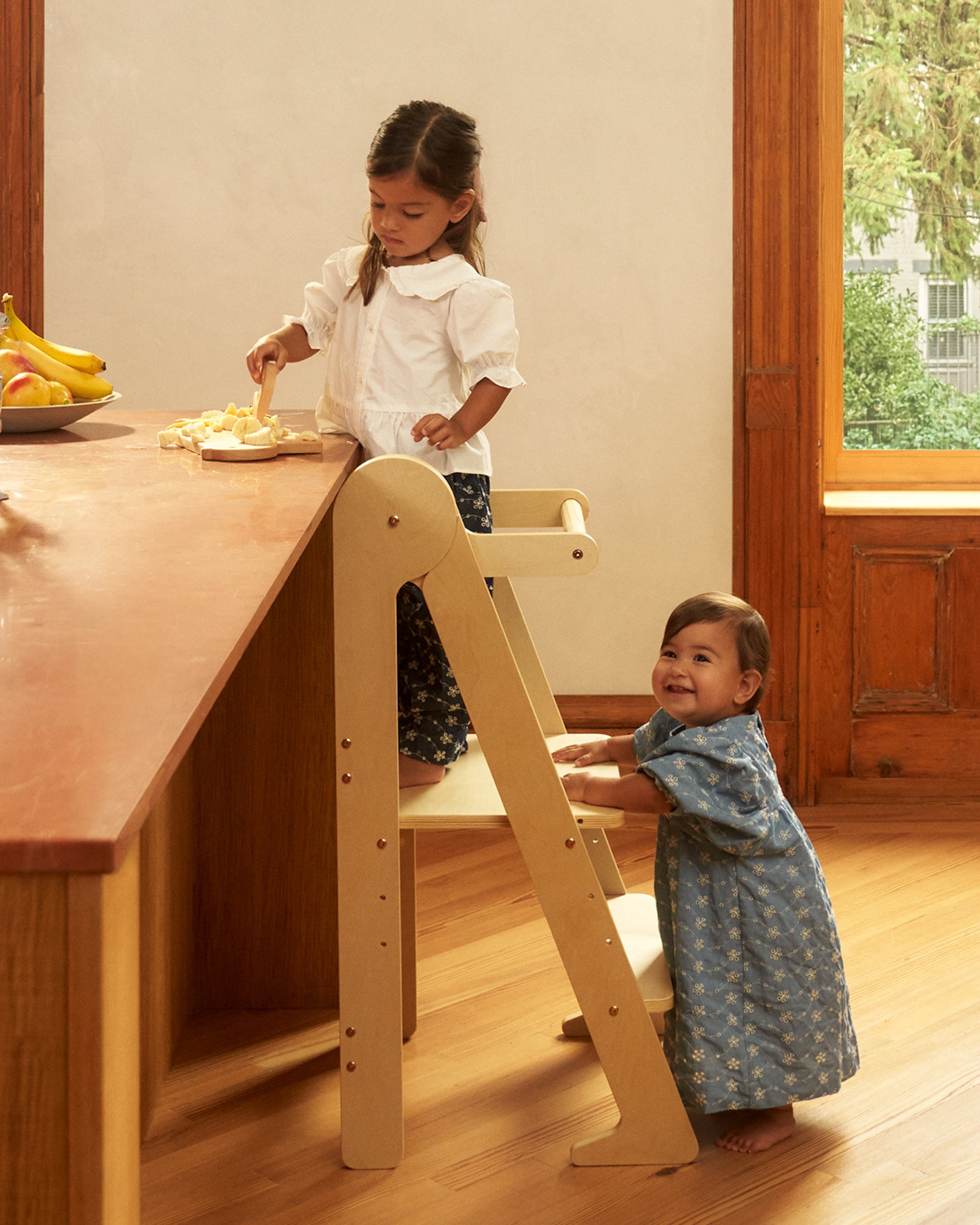
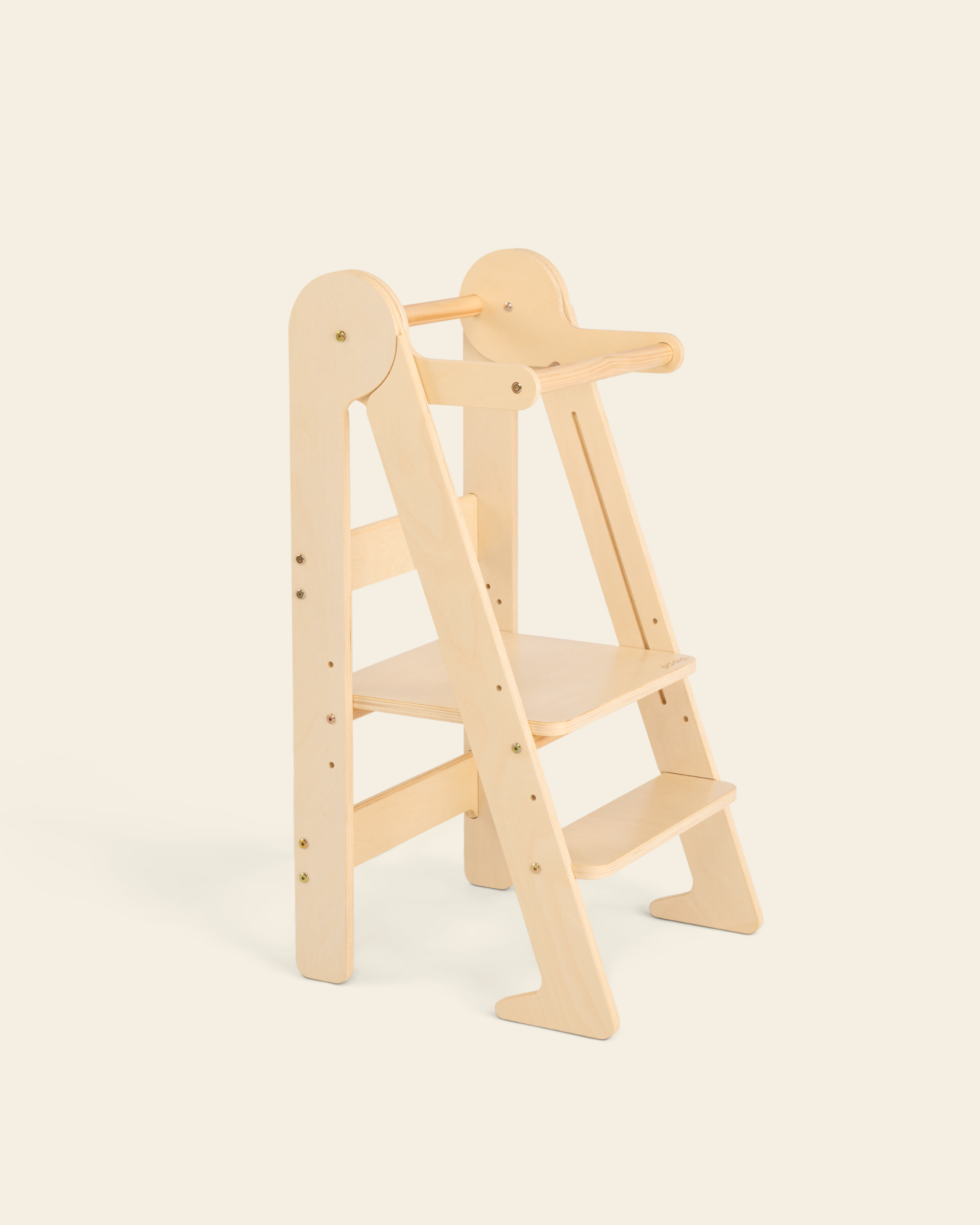
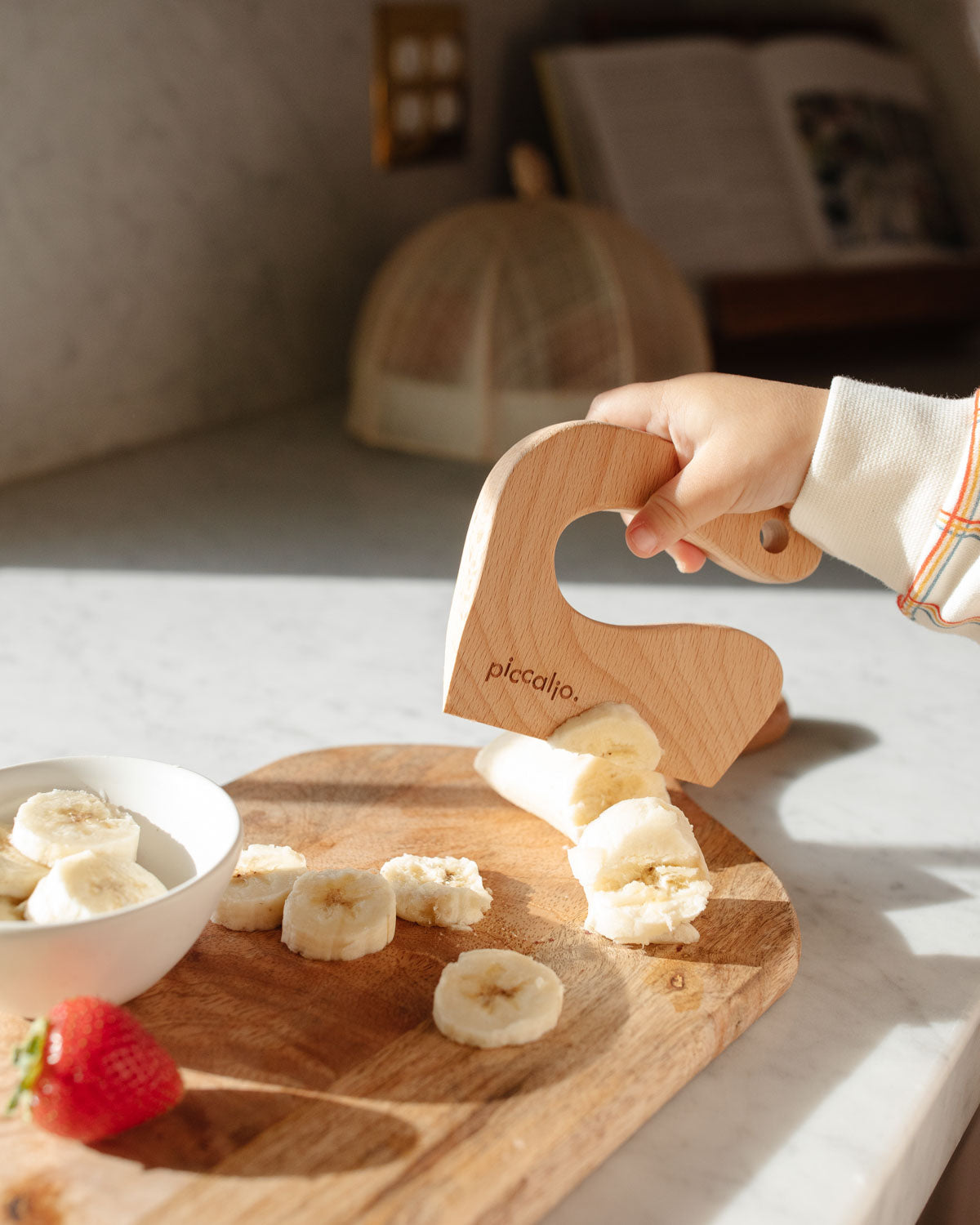

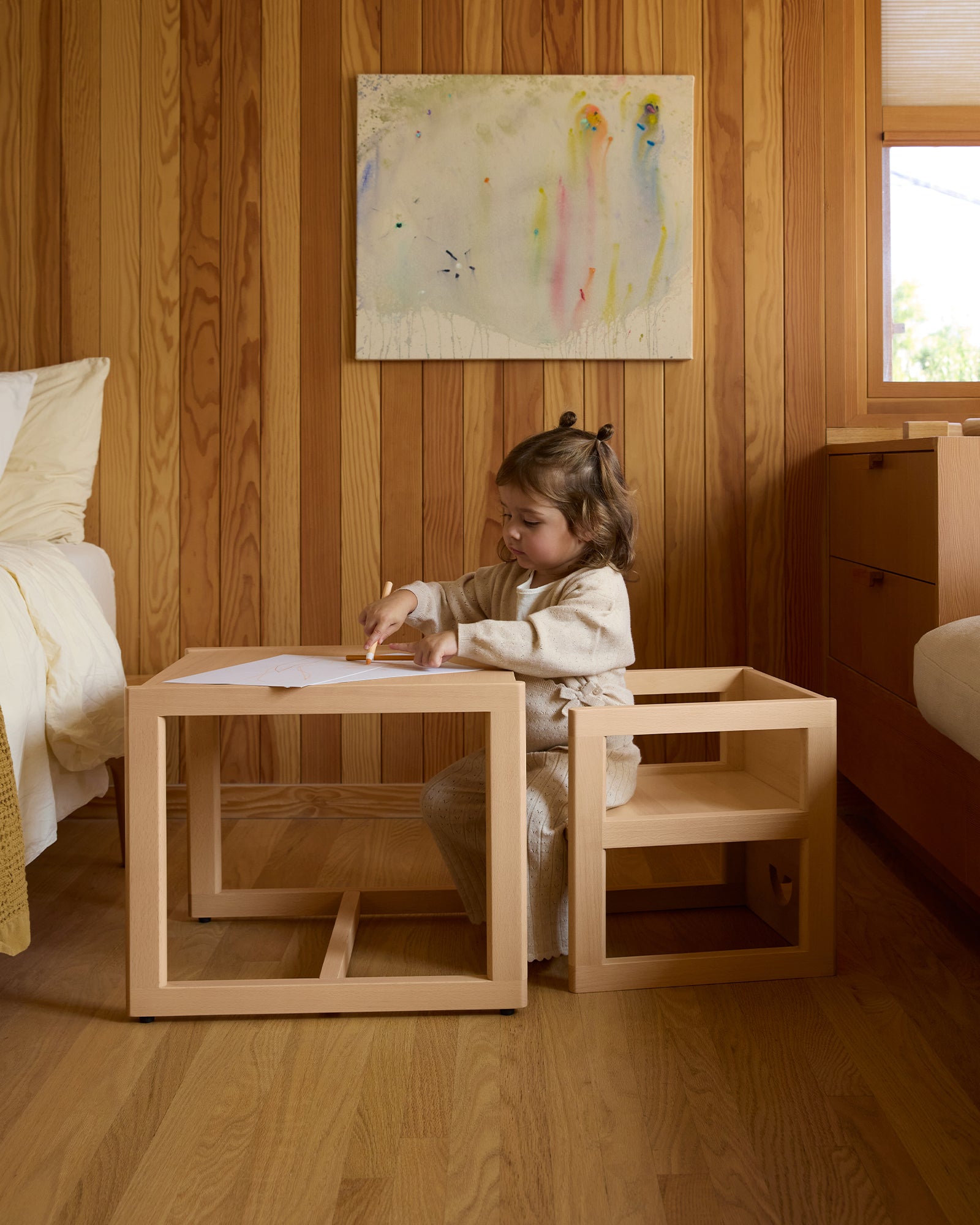
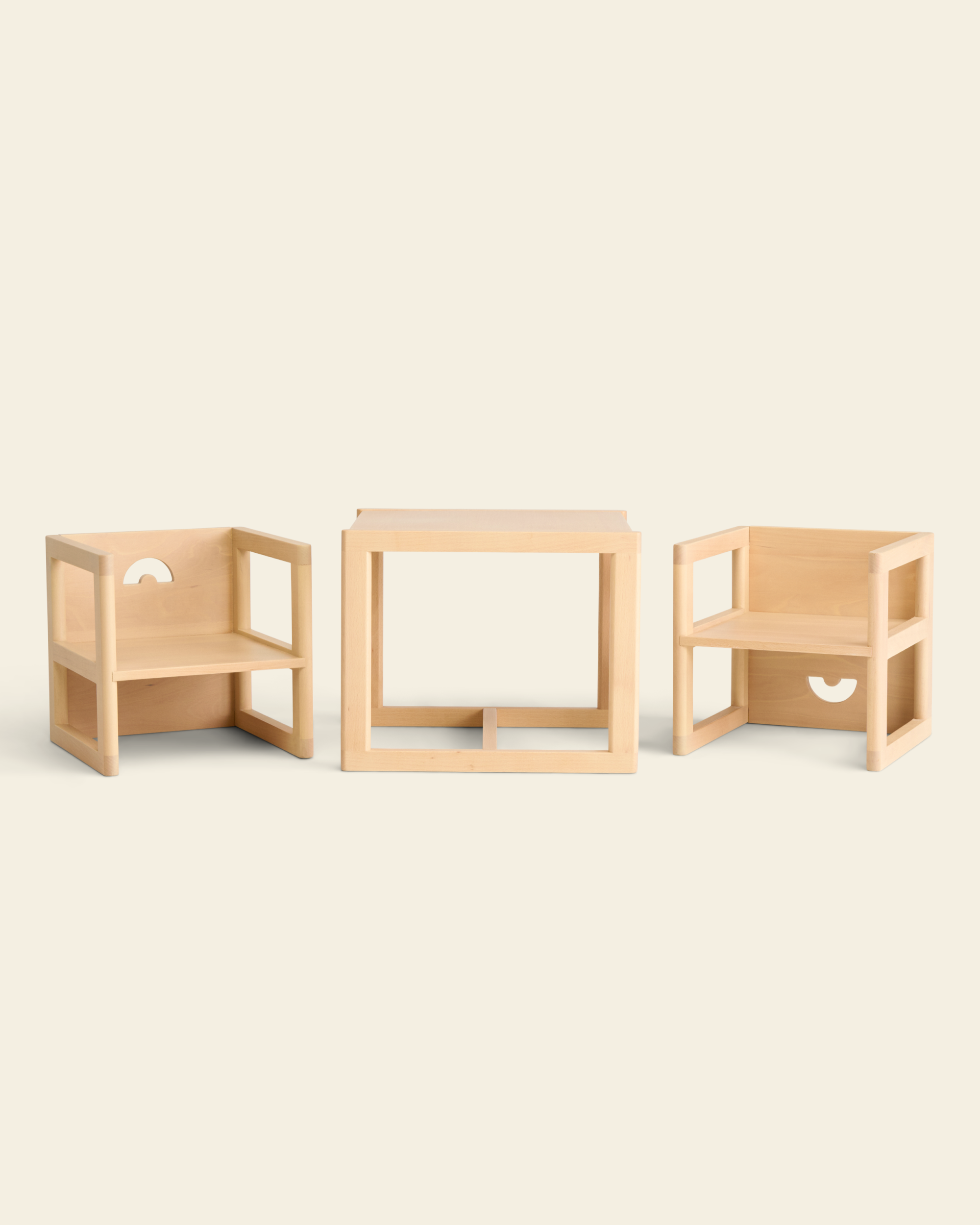
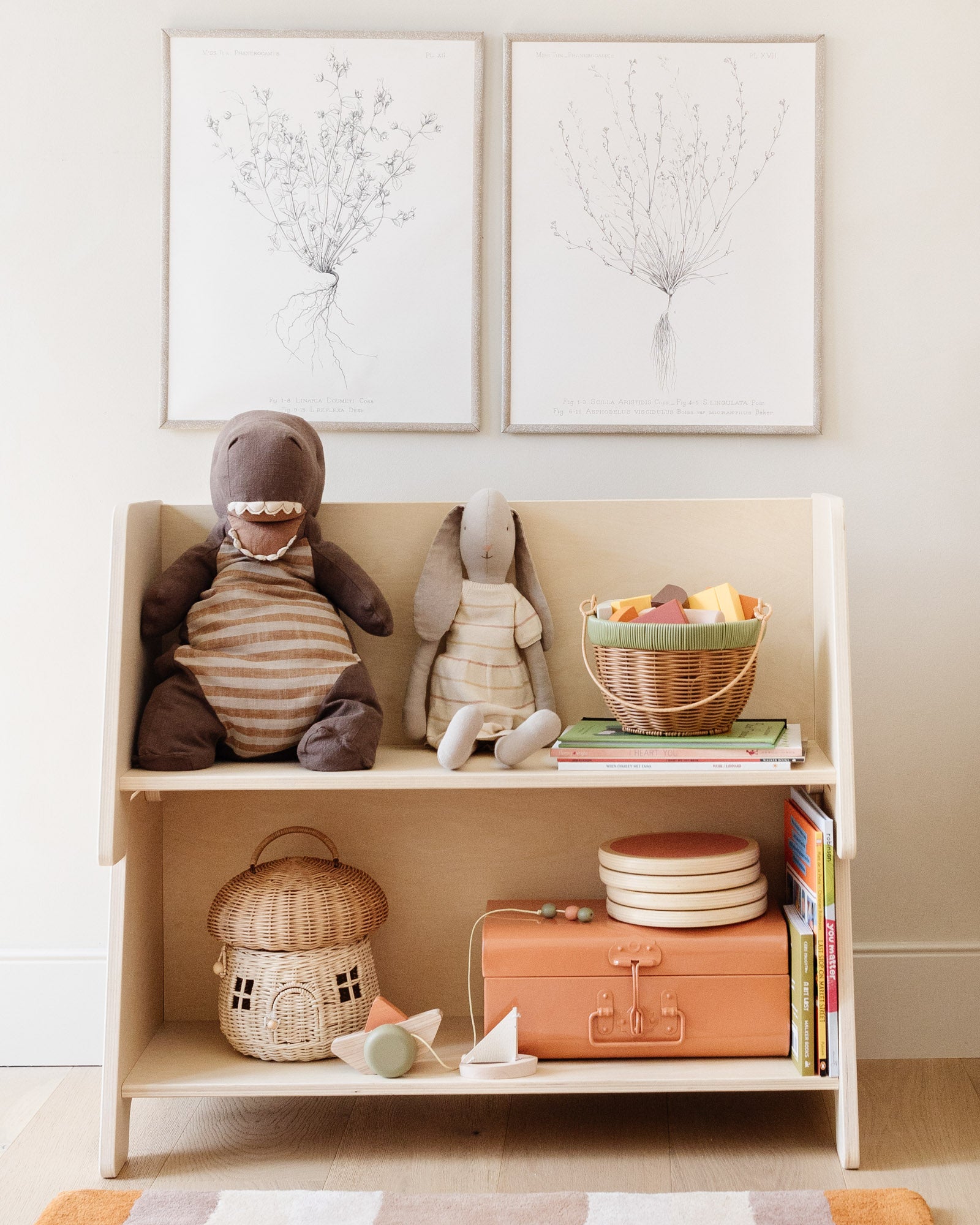
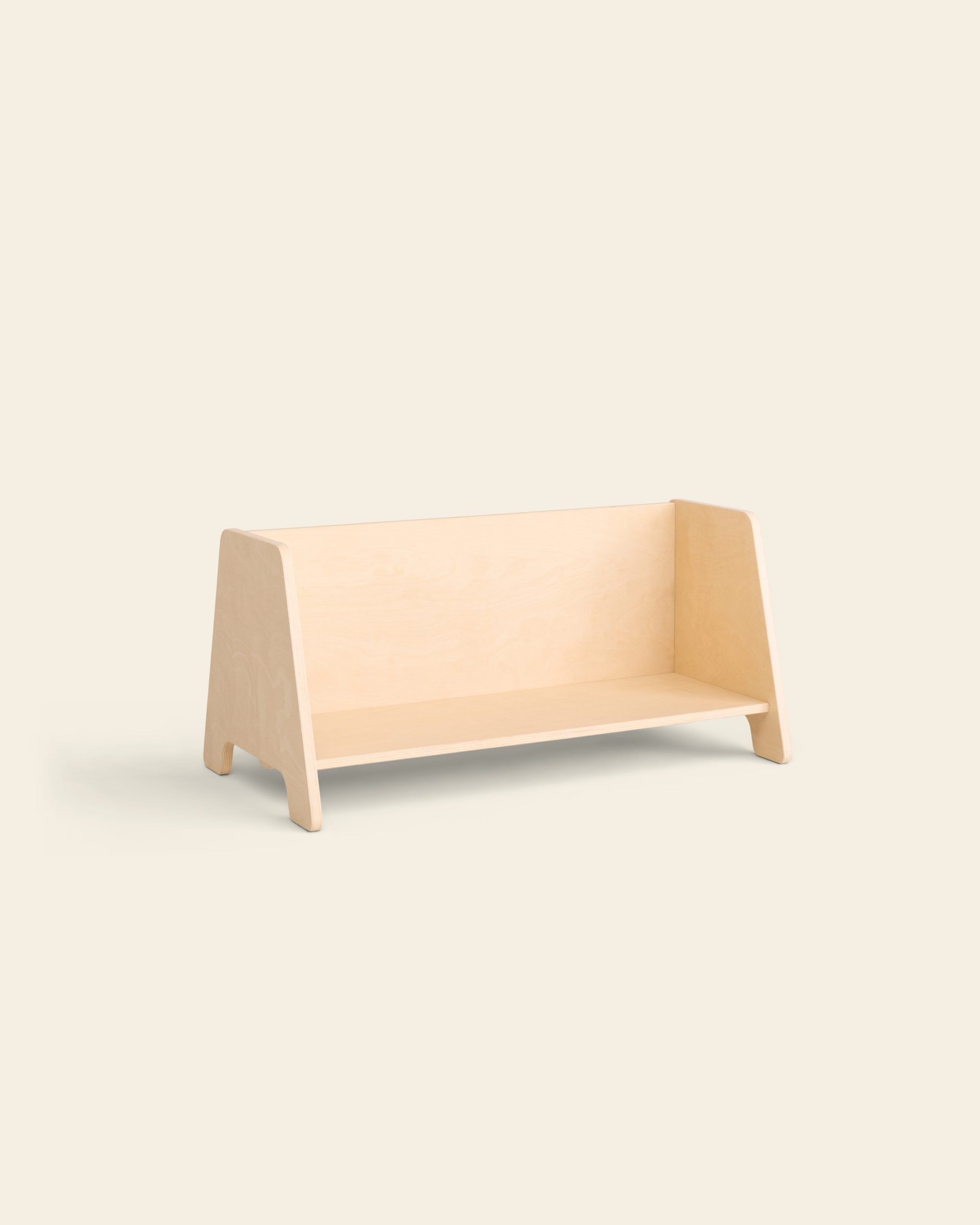
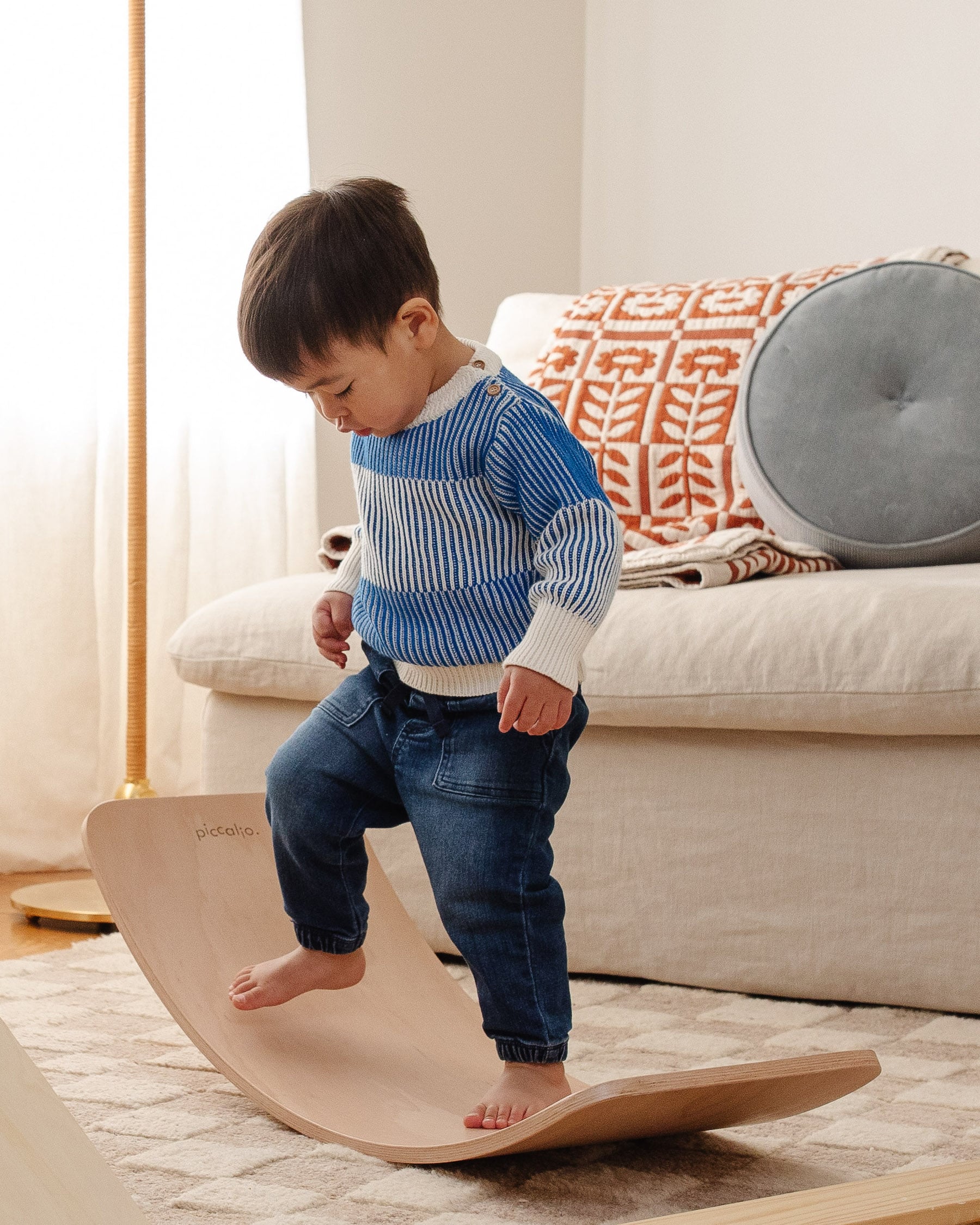
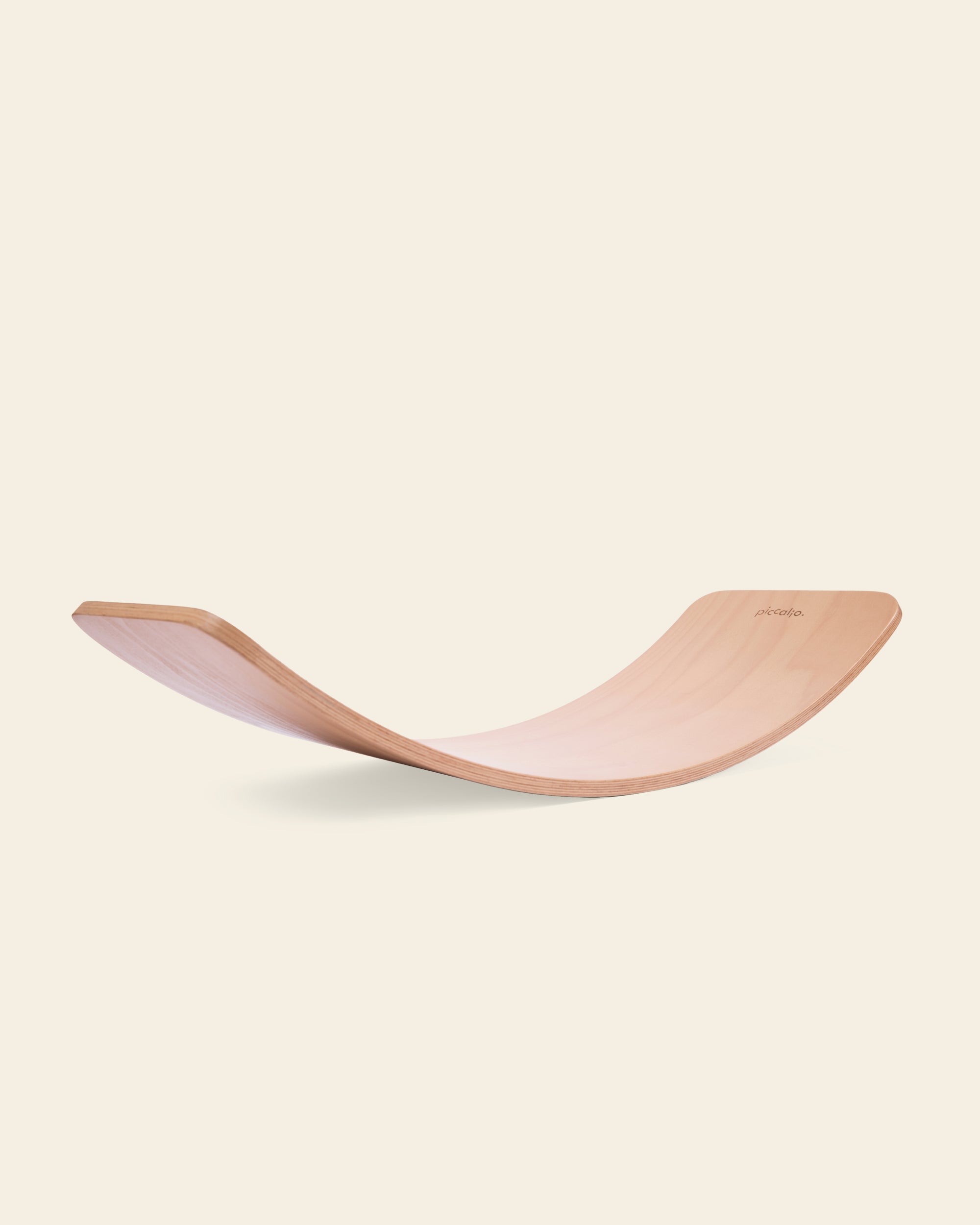
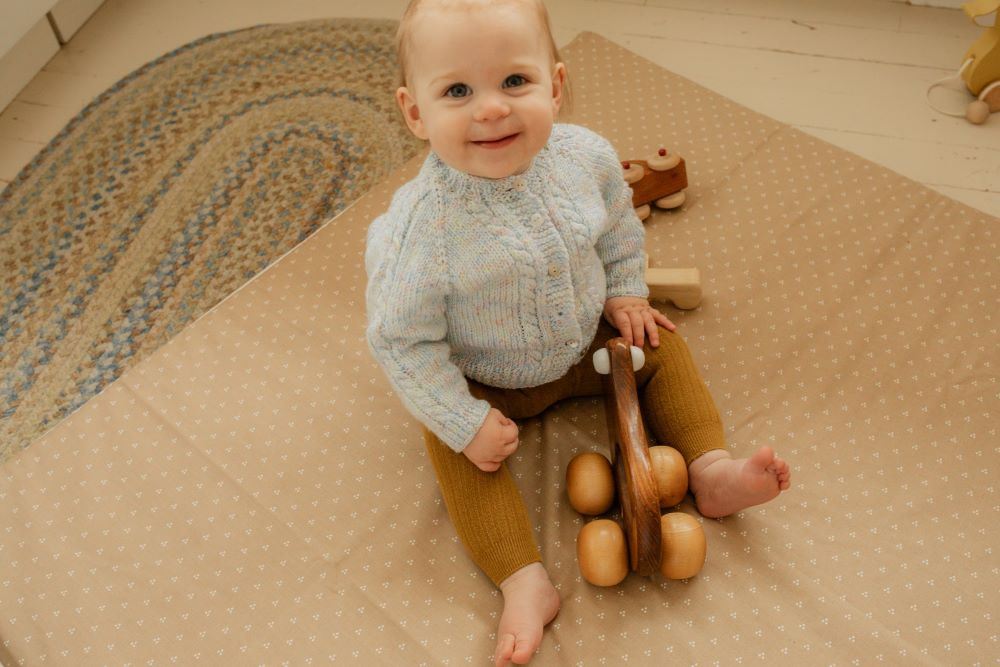
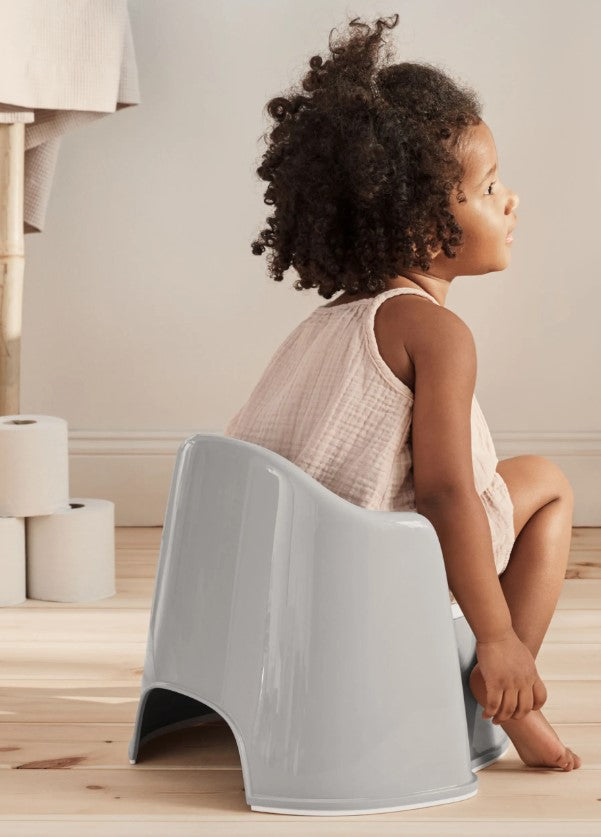
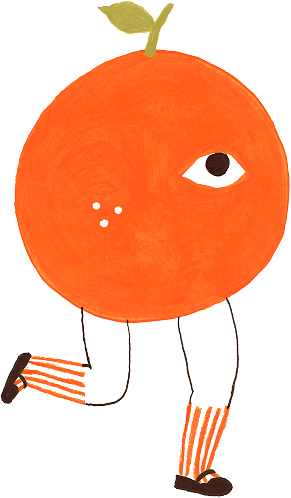
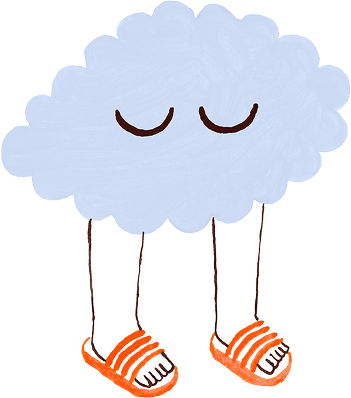
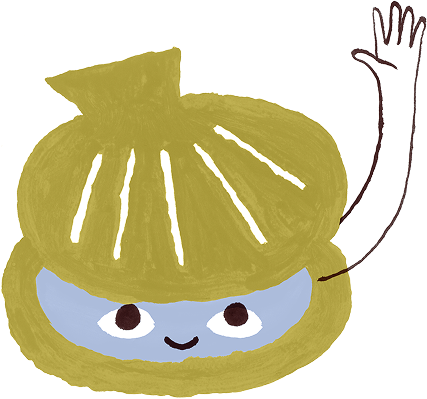
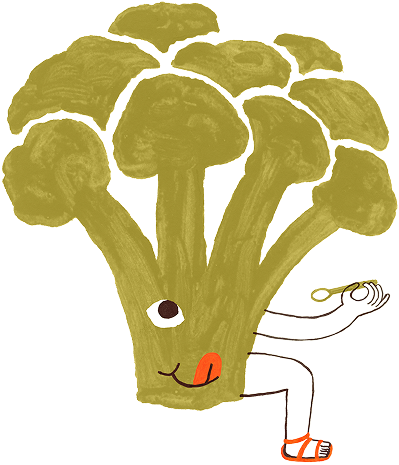
Leave a comment
This site is protected by hCaptcha and the hCaptcha Privacy Policy and Terms of Service apply.